272 Views
Junkyard Find: 2003 Honda Civic GX, CNG-fueled

by
Murilee Martin
(IC: employee)
Published: August 21st, 2017
Share
The compressed natural gas-burning Honda Civic GX first appeared in the United States in 1998, for sale to fleet buyers, but individuals in California were able to buy Civic GXs soon after that. In spite of its extremely clean tailpipe emissions, few Californians opted to endure the hassle of trying to refuel the GX, and so these cars are very rare sights in the Golden State.Here’s a crashed example I spotted a few weeks ago in a San Francisco Bay Area self-service wrecking yard.
The GX cost more and had less power than an ordinary gasoline-burning Civic, so there were two big reasons for Californians to buy one: to pollute less, and (probably more important to most) to be allowed to drive solo in the carpool lane (a huge inducement in a state that has the worst freeway congestion in the country).These days, you’ll see these decals all over the Bay Area, mostly on hybrid-electric and full-electric vehicles, but in 2003 there weren’t many Toyota Priuses and Honda Insights on the road and daily-driven EVs were nearly unheard of.
The D17A7 engine in the GX ran at higher compression than its gasoline-fed counterparts, thanks to the anti-detonation properties of CNG. In 2003, it generated 100 horsepower and drove the front wheels via a CVT. Not exciting to drive, but clean.
CNG is pretty cheap if you can find a filling station, so the per-mile cost to drive this car was a little bit cheaper than a gasoline Civic. CNG-powered vehicle drivers can install a home-refueling station that compresses household natural gas and puts it in the car’s tanks, so maybe that’s how the owner of this car rolled before the crash.
#2000s
#2003
#2003HondaCivic
#California
#Civic
#CivicCNG
#CivicNaturalGas
#CNG
#DownOnTheJunkyard
#Honda
#NaturalGas
#HondaCivic
#Junkyard
#JunkyardFind
#HondaCivicGx

Murilee Martin
Murilee Martin is the pen name of Phil Greden, a writer who has lived in Minnesota, California, Georgia and (now) Colorado. He has toiled at copywriting, technical writing, junkmail writing, fiction writing and now automotive writing. He has owned many terrible vehicles and some good ones. He spends a great deal of time in self-service junkyards. These days, he writes for publications including Autoweek, Autoblog, Hagerty, The Truth About Cars and Capital One.
More by Murilee Martin
Published August 21st, 2017 8:00 AM
Latest Car Reviews
Read moreLatest Product Reviews
Read moreRecent Comments
- MaintenanceCosts Nobody here seems to acknowledge that there are multiple use cases for cars.Some people spend all their time driving all over the country and need every mile and minute of time savings. ICE cars are better for them right now.Some people only drive locally and fly when they travel. For them, there's probably a range number that works, and they don't really need more. For the uses for which we use our EV, that would be around 150 miles. The other thing about a low range requirement is it can make 120V charging viable. If you don't drive more than an average of about 40 miles/day, you can probably get enough electrons through a wall outlet. We spent over two years charging our Bolt only through 120V, while our house was getting rebuilt, and never had an issue.Those are extremes. There are all sorts of use cases in between, which probably represent the majority of drivers. For some users, what's needed is more range. But I think for most users, what's needed is better charging. Retrofit apartment garages like Tim's with 240V outlets at every spot. Install more L3 chargers in supermarket parking lots and alongside gas stations. Make chargers that work like Tesla Superchargers as ubiquitous as gas stations, and EV charging will not be an issue for most users.
- MaintenanceCosts I don't have an opinion on whether any one plant unionizing is the right answer, but the employees sure need to have the right to organize. Unions or the credible threat of unionization are the only thing, history has proven, that can keep employers honest. Without it, we've seen over and over, the employers have complete power over the workers and feel free to exploit the workers however they see fit. (And don't tell me "oh, the workers can just leave" - in an oligopolistic industry, working conditions quickly converge, and there's not another employer right around the corner.)
- Kjhkjlhkjhkljh kljhjkhjklhkjh [h3]Wake me up when it is a 1989 635Csi with a M88/3[/h3]
- BrandX "I can charge using the 240V outlets, sure, but it’s slow."No it's not. That's what all home chargers use - 240V.
- Jalop1991 does the odometer represent itself in an analog fashion? Will the numbers roll slowly and stop wherever, or do they just blink to the next number like any old boring modern car?

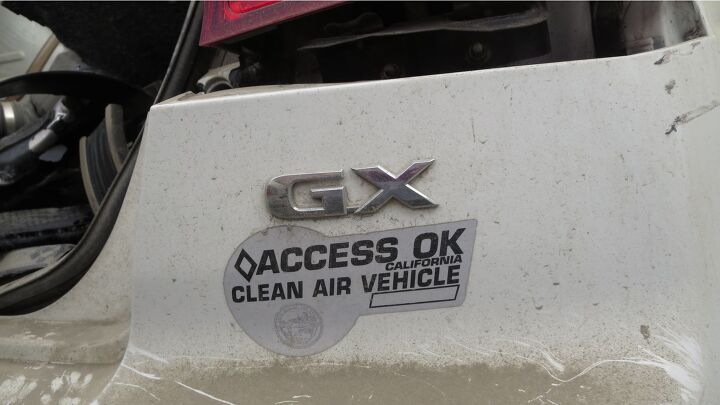
























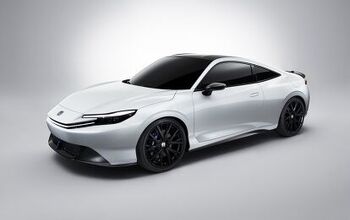


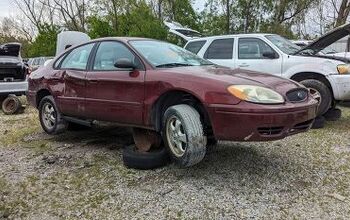





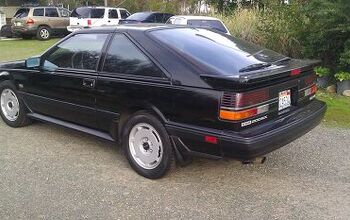
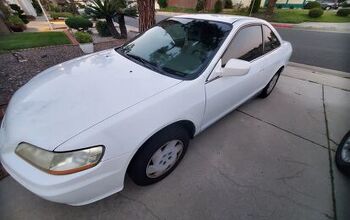
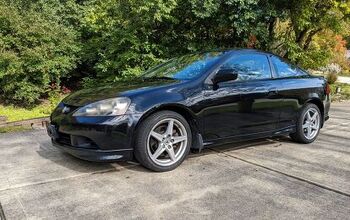




Comments
Join the conversation
CNG makes a lot of sense for a variety of things but it does have downsides versus regular petroleum cars. For trucks and buses, though, it's a complete win. The hybrid CNG-electric buses have cut emissions considerably in the state of Massachusetts and they're cheaper to run to boot.
That's gotta be the most optimistic speedometer I've ever seen. 150mph?